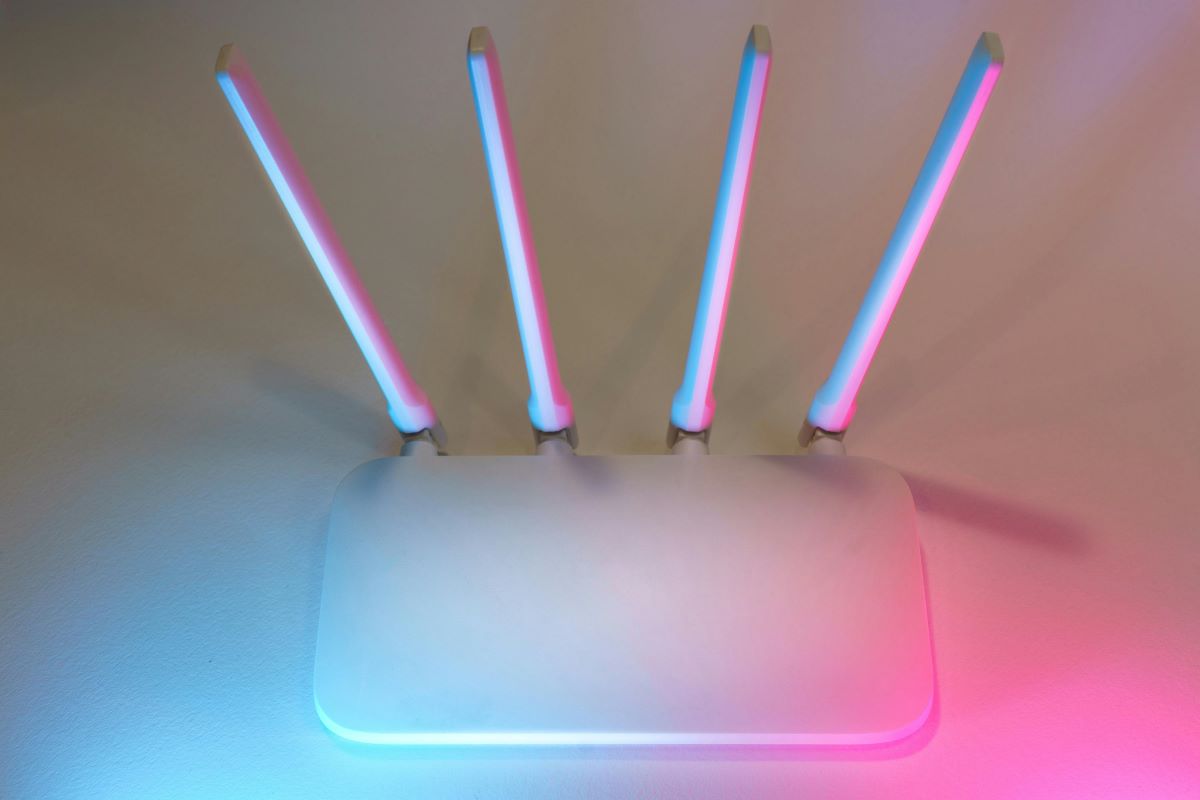Wi-Fi may be how most users connect to the Internet today, but ethernet continues to offer a fast and dependable means of accessing the Internet and maintaining a stable connection with local networks. Ethernet cables are utilized to establish connections between devices and networks, including Local Area Networks (LANs) or the Internet.
The most popular types of ethernet cable include Cat6 (Category 6)and Cat 6a (Category 6a). While there are differences between the two, there is often confusion among those who are setting up their home network in figuring out just what those differences are. In this comparison guide, we look at Cat6 and Cat6a ethernet cables and review some of their similarities and differences, so that buyers can make an informed decision.
What are the Cat6 and Cat6a Cables?
Cat6 and Cat6a stand for Category 6 and Category 6a. In the world of cables, Cat6 is one of the go-to cable standards for network installers, while Cat6a (with the ‘a’ standing for ‘augmented’) can be viewed as an enhanced version of its predecessor, Cat6. For many people, the latter is an upgrade of the former. However, there is the question of wondering if it really is worth the upgrade and if there is a difference in the performance and functionality of the two types of cables. We explore them below.
Comparison of the Cat6 and Cat6a Cables
These two cables have very similar names, but as mentioned, the Cat6a cable does outperform the Cat6 cable. Below, we examine the cable’s performance, crosstalk prevention, and physical properties.
Performance of the Cables
Both the Cat6 and Cat6a cables were designed for Gigabit Ethernet and other standard network protocols. This means they can handle 10BASE-T, 100BASE-TX, 1000BASE-TX, and 10GBASE-T. Both cables are also backward compatible with Cat3, Cat5, and Cat5e cables. In terms of performance and functionality, however, their similarities end here.
When you examine the Cat6 cable, you will discover that it is rated for 250MHz. It has a reduced maximum length of 37-55 meters for 10GBASE-T applications. Comparing it with the Cat6a cable, you will discover that this augmented cable doubles the 6’s capability by performing at up to 500MHz. This allows 10GBASE-T to be run over much longer distances, of up to 100 meters.
Crosstalk Prevention by the Cables
Crosswalk is the undesirable phenomenon where one signal from one channel interferes with another channel or circuit’s signal, and it affects the performance of your signal. Cat6 cables have great insulation, which lowers the chances of signal degradation from near-end crosstalk (NEXT), and power sum NEXT (PS-NEXT). Compared to earlier versions, like the Cat5 and the Cat5e, the Cat6 cable is a winner for sure.
The Cat6a outperforms Cat6 in crosstalk prevention by reducing signal degradation to an even lower level. Cat6a specifically focuses on alien crosstalk (AXT) prevention, which occurs when cables in close proximity interfere with each other’s signals. If you have lots of cables in a small space, the 6a is your choice of cable for minimal disruption in performance.
Physical Properties of the Cables
So, how do you differentiate between the two ethernet cables? There are a few ways by comparing the size, diameter, length, and packaging of the cables.
When you are picking out cables in person or ordering them online for delivery, you will notice that when you have the Cat6a cable in hand, they can be quite heavy. This is because the added size of the 6a, compared to the 6, adds to the increase in weight. The Cat6a cable also has a larger diameter, naturally, due to its extra insulation to reduce crosstalk. Finally, while the Cat6 cables are usually dispensed in convenient pull-box packages, the Cat6a cable is mostly available on reels.
Considerations to Make when Choosing Between the Cables
Aside from functionality and performance, there are some considerations you need to make when choosing between the cables.
Weight and Placement
The first one is weight and placement. This is a consideration if you are using a cable tray as you will be able to place fewer cables in one if you are using Cat6a cables less than 50 in one bundle, to be precise. You should also ensure you place Cat6a cables beneath other cables that may have smaller diameters to avoid crushing them.
Bend Radius
If you plan to line your walls or bend the 6a cable behind a wall jack, you will need to accommodate the bigger bend radius it requires, as it is a larger cable. This means ensuring you have enough room at the end of a cable tray run or along the walls and making sure your furniture does not press them too tightly against the wall to prevent harming the cable. To secure 6a cables, you should also prevent using zip ties instead, you can use loose and wide hook-and-loop cable straps to prevent over-tightening.
Final words
The Cat6 and Cat6a cables share many similarities, but they do have their differences when it comes to performance and physical presence. While the Cat6 is lighter and considered a standard installation, the 6a allows you to cover longer distances and reduces crosstalk even further. However, it does come at the expense of bend radius and weight. When you are choosing between the two options, you should make sure you understand what their specifications are and whether they are suitable for you, in terms of both speed and size.
Also Read:




